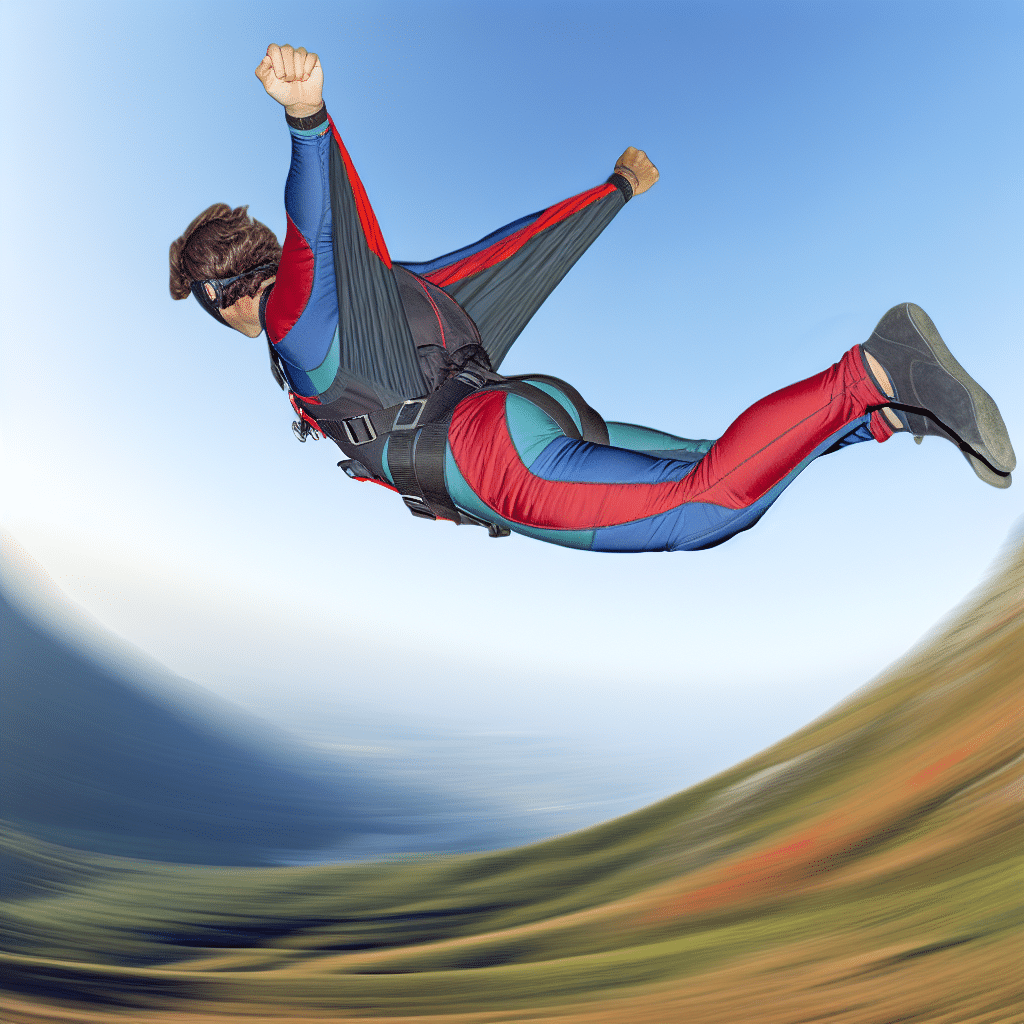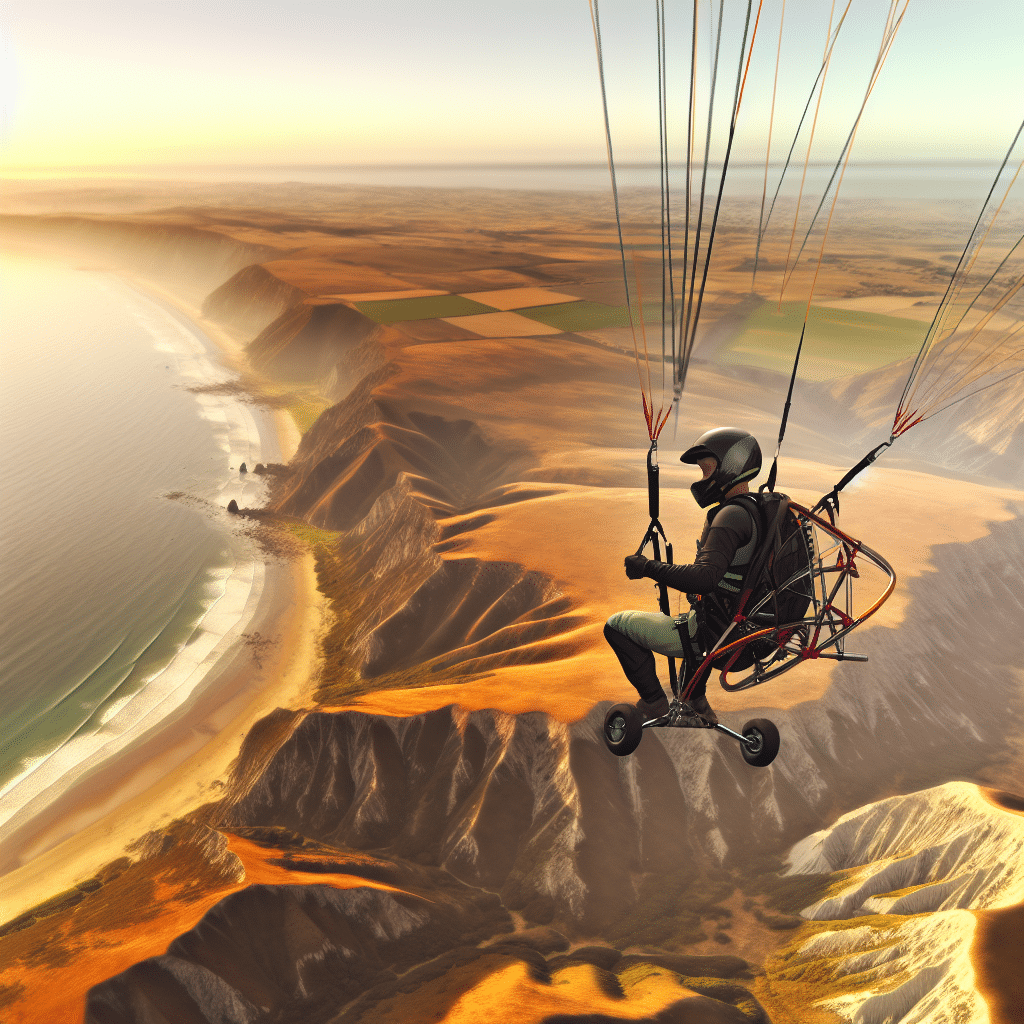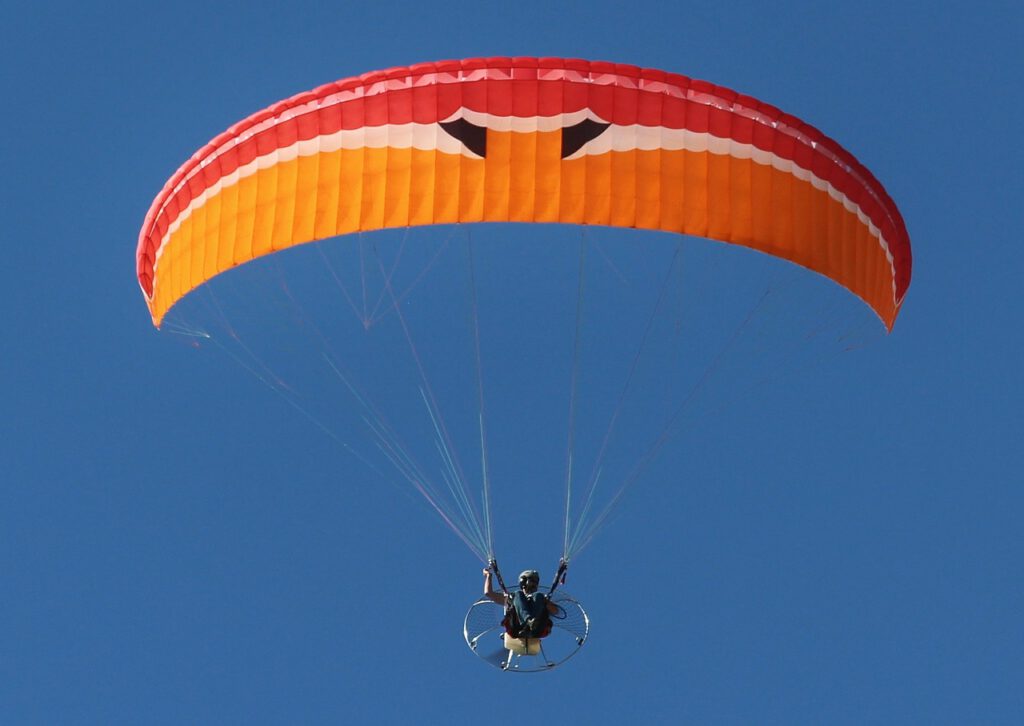If you’ve ever dreamed about soaring through the clouds like a bird, then wingsuit flying is unquestionably the sport for you. However, it is a highly risky activity requiring significant knowledge and experience. Are you daring enough to give it a try? Know what it takes to be a wingsuit flyer.
What Is Wingsuit Flying?
Wingsuit flying is about using a special skydiving suit that comes with additional fabric to make wings between your arms and body and between your legs. Courage, precision, and experience are all essential to this exhilarating activity.
Who Can Fly a Wingsuit?
The thrill of wingsuit flying is accompanied by risks, hence not everyone can immediately try it. A potential wingsuit flyer must meet rigorous requirements and undergo intensive training.
Experience in Skydiving
Before you contemplate donning a wingsuit, you need to first be an accomplished skydiver. The United States Parachute Association (USPA), for instance, requires a minimum of 200 skydives before you can participate in wingsuit flying.
Age Requirement
In most places around the world, the legal age to attempt wingsuit flying is 18 years. However, age alone does not make one eligible to take part in this activity.
Physical Fitness
Wingsuit flying demands a high level of physical fitness. The sport involves controlling your body while speeding through the air, requiring strength and stamina.
Training for Wingsuit Flying: What Does It Involve?
Proper training is essential for wingsuit flying due to the inherent dangers associated with it.
Skydiving Coaching
Before even thinking about wingsuit flying, you should acquire skydiving skills. This training involves learning about skydiving equipment, safety procedures, and body control during freefall.
First Flight Course
The First Flight Course (FFC) is the next step after acquiring skydiving skills. This course covers everything you need to know about wingsuit flying, from the equipment and how to use it, to exit techniques, flight techniques, and emergency procedures.
Progressive Training
After the FFC, you need to continue practicing and improving your skills with more advanced training. This includes mastering a range of flight maneuvers and acquiring experience with different types of wingsuits.
Are There Any Equipment Requirements?
Yes, wingsuit flying requires specific equipment. This includes a wingsuit, helmet, goggles, altimeter, automatic activation device, and a parachute system.
What Are the Risks of Wingsuit Flying?
Wingsuit flying is riskier than standard skydiving due to increased speed and decreased maneuverability. Some common dangers include colliding with objects, parachute malfunctions, and getting lost.
Is Wingsuit Flying Worth the Risk?
The feeling of flying like a bird is unparalleled and might be worth the risk for some. However, it is important that anyone interested in wingsuit flying thoroughly understands what they are getting themselves into.
In conclusion, wingsuit flying is a risky yet thrilling sport that requires significant experience, training, and understanding. If you meet these requirements and are willing to take on the potential dangers, wing-suit flying could be your ticket to an unparalleled adrenaline rush.




